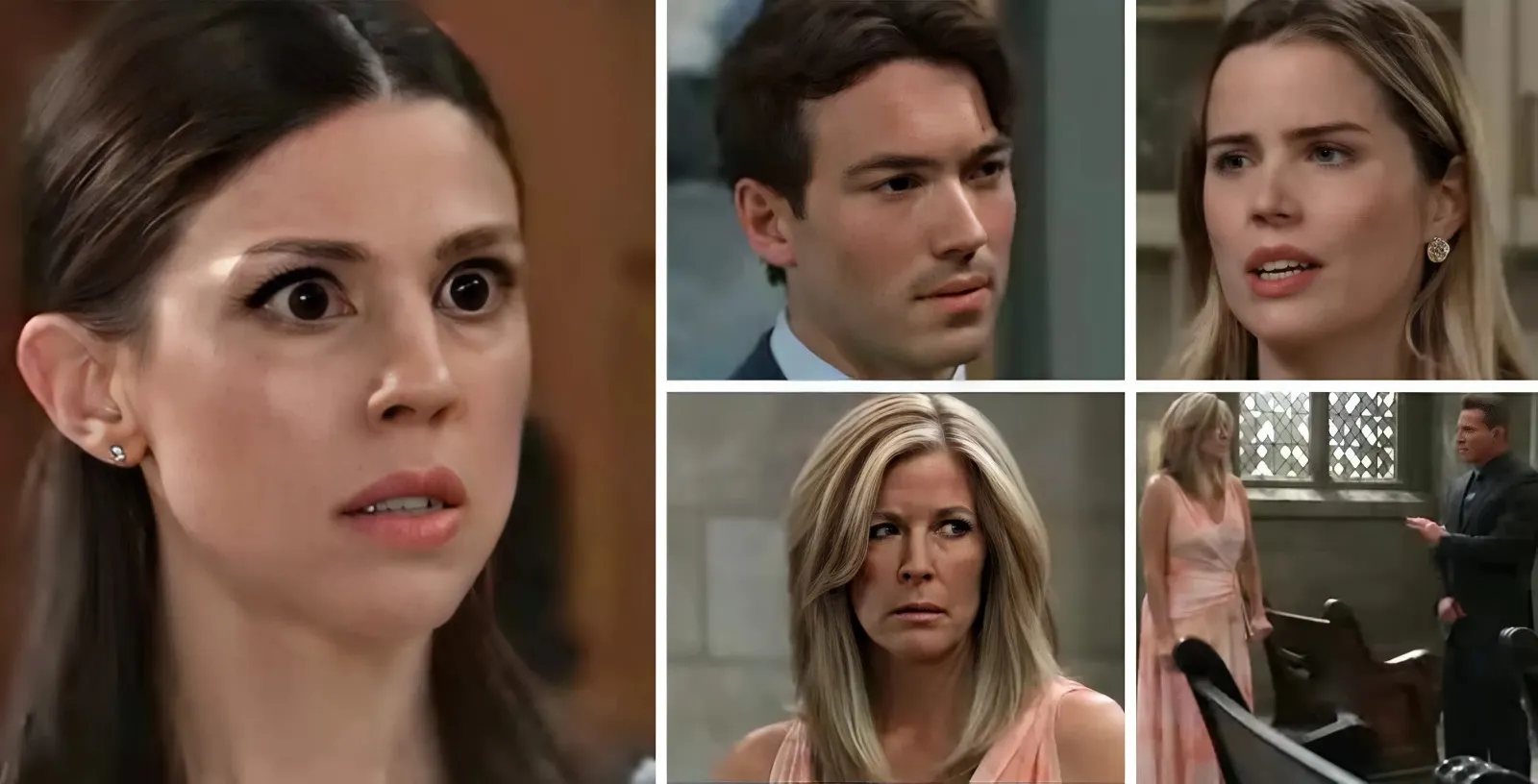In a cinematic world dominated by superheroes, franchises, and IP-heavy blockbusters, two slow-burning, blood-soaked Westerns from 2007 quietly galloped into the cultural zeitgeist — and cemented their status as modern classics. There Will Be Blood and No Country for Old Men didn’t just revive a long-dormant genre; they redefined it. Now, nearly two decades later, the New York Times’ list of the Top 100 Movies of the 21st Century has crowned them among the best, with There Will Be Blood ranking third and No Country for Old Men taking sixth.
A Genre Resurrected
For decades, the Western genre — once the crown jewel of Hollywood storytelling — had been on life support. The days of John Wayne, Clint Eastwood, and Gary Cooper felt long gone. Then came 2007, when two powerhouse auteur teams — the Coen Brothers and Paul Thomas Anderson — reshaped the Western with a gritty, nihilistic lens.
While No Country for Old Men stayed closer to the genre’s roots, following a Texas sheriff trying to stop a trail of brutal killings, There Will Be Blood took the genre to unsettling psychological depths, painting its protagonist Daniel Plainview (Daniel Day-Lewis) as an oil-thirsty vampire who drains the soul of the land as well as the people around him.
Critics, Filmmakers & Fans Agree
Hollywood heavyweights weren’t shy about their love for these modern-day Westerns. Producer Jason Blum called There Will Be Blood’s iconic “I drink your milkshake” scene “truly iconic.” Actor Brian Cox, meanwhile, praised the Coens for pushing cinematic boundaries in No Country for Old Men, particularly through Javier Bardem’s chilling portrayal of Anton Chigurh.
On Rotten Tomatoes, both films boast critic scores above 90%, and they remain audience favorites with IMDb ratings of 8.2/10. Their simultaneous success at the Oscars — with Bardem and Day-Lewis taking home acting honors, and No Country winning Best Picture — is a testament to their lasting power.
How These Films Changed the Western
Unlike traditional Westerns, these films ditched the white-hat hero vs. black-hat villain dynamic. In There Will Be Blood, Daniel Plainview is not a hero — he’s a capitalist monster. In No Country for Old Men, morality feels random and justice is impotent, with Sheriff Ed Tom Bell (Tommy Lee Jones) serving more as a philosophical observer than an agent of change.
Both films embrace the Western landscape and tone, but with a heavy coat of ambiguity and dread. In doing so, they revived the genre not by returning to the past — but by evolving it.
The Genre’s Current Crisis
Despite the critical love for No Country and There Will Be Blood, recent attempts to replicate their success theatrically have failed. Kevin Costner’s Horizon: An American Saga – Chapter 1 bombed at the box office, and Alec Baldwin’s Rust fizzled into obscurity. It seems that Westerns may no longer be able to draw mainstream crowds into theaters.
Instead, the genre’s spirit has migrated to the small screen. Series like Yellowstone, Lawman: Bass Reeves, and The Power of the Dog have kept the Western alive on streaming platforms — reshaped for a new generation.
What the Future Holds
The legacy of There Will Be Blood and No Country for Old Men reminds us that when placed in the right hands, Westerns can still dig deep into the American psyche — exposing greed, violence, and the erosion of morality in unforgiving landscapes.
As streaming becomes the dominant medium and studios get more risk-averse, it’s uncertain whether we’ll ever see another year like 2007 again. But one thing is clear: The Western isn’t dead. It’s just waiting for the next great filmmaker to saddle up.



-1752724573-q80.webp)